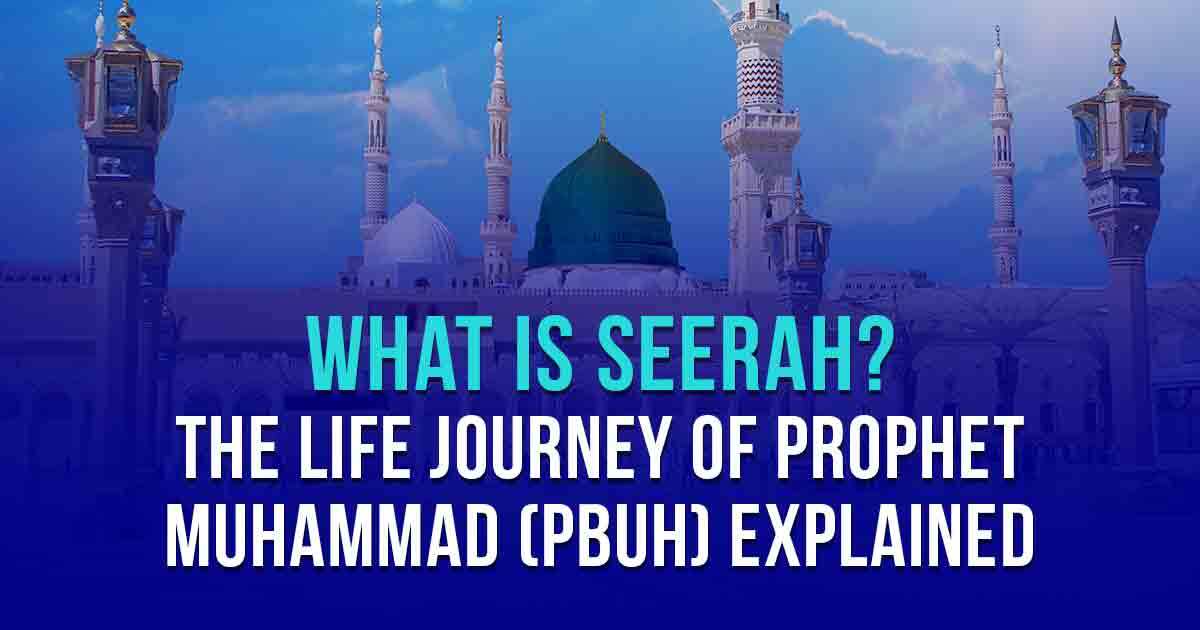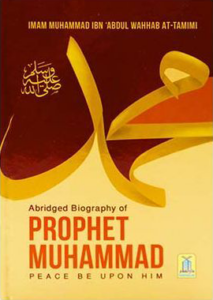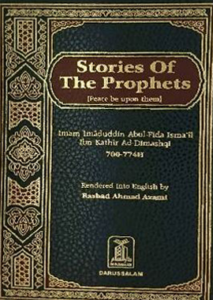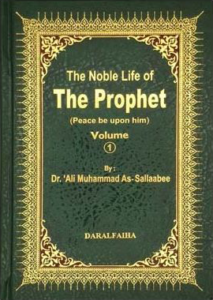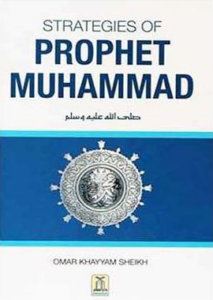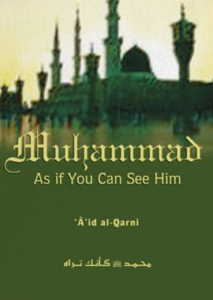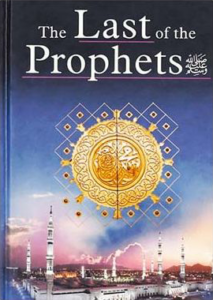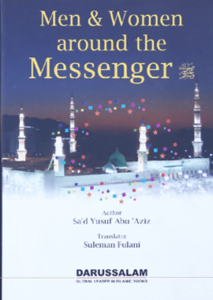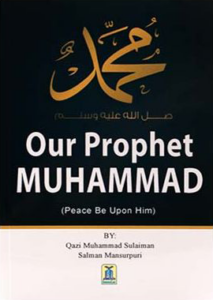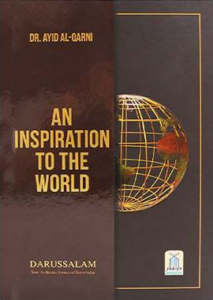Understanding the Seerah, the biography of Prophet Muhammad (PBUH), is paramount to comprehend the essence of Islamic teachings and the underpinnings of Muslim culture. This blog post vividly narrates the extraordinary life journey of Prophet Muhammad (PBUH), articulating the significance, historical impact, and enduring lessons of his Seerah.
Explore Our Seerah Books Category and Enrich Your Knowledge!
Understanding Seerah: The Biographical Study of a Mercy to Mankind
Seerah, in Islamic terminology, refers to the study of the life of Prophet Muhammad (PBUH), the final messenger of Islam. It encompasses his birth, early life, prophethood, the revelation of the Quran, his struggles, establishing the Muslim community, his moral teachings, and his enduring legacy.
The Importance of Studying Seerah
- Comprehensive Islamic Knowledge: The Seerah furnishes context for the Quranic revelations, which enhances understanding of Islam.
- Model for Moral Conduct: Prophet Muhammad’s life serves as an exemplar for ethics and behavior.
Navigating the Phases of The Prophet’s (PBUH) Life
- Early Life and Character: Known for his truthfulness and trustworthiness, even before receiving the revelation.
- Proclamation of Prophethood: Detailing the transformative moment when he was divinely chosen at the age of 40.
- Meccan Period: The years of the message’s delivery, persecution endured, and the moral fortitude exhibited.
- Hijrah to Medina: The pivotal migration that marked the beginning of an Islamic state and society.
- Medinan Period: The consolidation of the Islamic community and statehood, with foundational governance principles laid out.
Prophetic Birth and Early Years: The Beginnings of a Leader
Born into the Tribe of Quraysh
Historical pedigree and the honorific upbringing of Muhammad (PBUH) in the tribal society of Arabia.
A Youth of Exceptional Character
Stories and anecdotes reflect the young Muhammad’s (PBUH) developing qualities of honesty, integrity, and spiritual inclination.
The Dawn of Revelation: Prophecy and Perseverance
The Night of Decree
An in-depth look at the first revelation in the Cave of Hira and the immense responsibility bestowed upon Muhammad (PBUH).
Early Converts and Opposition
- Initial Secret Phase: The first believers and the strategic, cautious approach to inviting others.
- Public Proclamation and Persecution: The shift to an open call and the ensuing challenges faced by the Prophet (PBUH) and his followers.
The Migration (Hijrah): A New Chapter
Establishing the Muslim Community
The journey to Medina and the establishment of brotherhood between Muhajirun (immigrants) and Ansar (helpers).
Building the First Muslim Society
- Socio-Political Foundations: The drafting of the Constitution of Medina as a framework for governance and justice.
- Religious and Cultural Unification: Steps toward building a singular, cohesive Muslim identity.
The Medinan Years: Battles, Treaties, and Expansion
The Major Battles
Detailed narrations of significant confrontations such as the Battles of Badr, Uhud, and the Trench, clarify their strategic outcomes.
The Treaty of Hudaybiyyah
The truce recognized the Muslim state’s presence and catalyzed the spread of Islam due to newfound peace and stability.
The Farewell Pilgrimage
A final directive to Muslims about equality, rights, economics, and spirituality, is captured within the farewell sermon, Khutbah Hajjatul Wida.
The Prophet’s (PBUH) Character: A Living Quran
Ethical and Moral Benchmarking
Prophet Muhammad’s (PBUH) everyday life is a practical application of Quranic decrees.
Leadership and Compassion
His administrative and diplomatic skills combined with empathy and justice.
Seerah’s Implications Today: Life Lessons and Modern Reflections
Seerah in Contemporary Society
Applying the timeless values and principles derived from the Seerah to contemporary challenges.
Educational and Spiritual Growth
Utilizing Seerah to strengthen one’s faith and understanding of Islamic heritage.
Conclusion: The Seerah’s Role in Islamic Identity
The Seerah of Prophet Muhammad (PBUH) provides a holistic, multi-dimensional blueprint for Muslims to emulate. From embodying societal values to individual character development, studying the Seerah is to walk in the footsteps of the Prophet in search of wisdom, guidance, and spiritual upliftment.
FAQs About the Seerah of Prophet Muhammad (PBUH)
Why is the Seerah of Prophet Muhammad (PBUH) important?
The Seerah is important as it helps Muslims understand the context in which the Quran was revealed, learn from the Prophet’s moral virtues, and apply his teachings to contemporary life.
How can the Seerah of the Prophet Muhammad (PBUH) influence a Muslim’s daily life?
By providing real-life examples of integrity, resilience, and compassion, the Seerah influences a Muslim’s daily actions, interactions, and personal growth.
What lessons can we learn from the Hijrah in the Seerah?
The Hijrah teaches lessons about sacrifice, establishing community, embracing change, and strategic planning for the greater good.
Can non-Muslims benefit from studying the Seerah?
Yes, non-Muslims can benefit from studying the Seerah as it offers insights into Islamic history, the Prophet’s exemplary character, and the foundations of the Islamic way of life.
How does the Seerah relate to the concept of Islamic leadership?
The Seerah provides a model for Islamic leadership characterized by ethical decision-making, justice, consultative governance, and concern for community well-being.
The Seerah of Prophet Muhammad (PBUH) encompasses universal lessons valuable for all humanity. In understanding his life story, one gains deeper insights into his honorable standing as a leader, a prophet, and a guide for all times.

